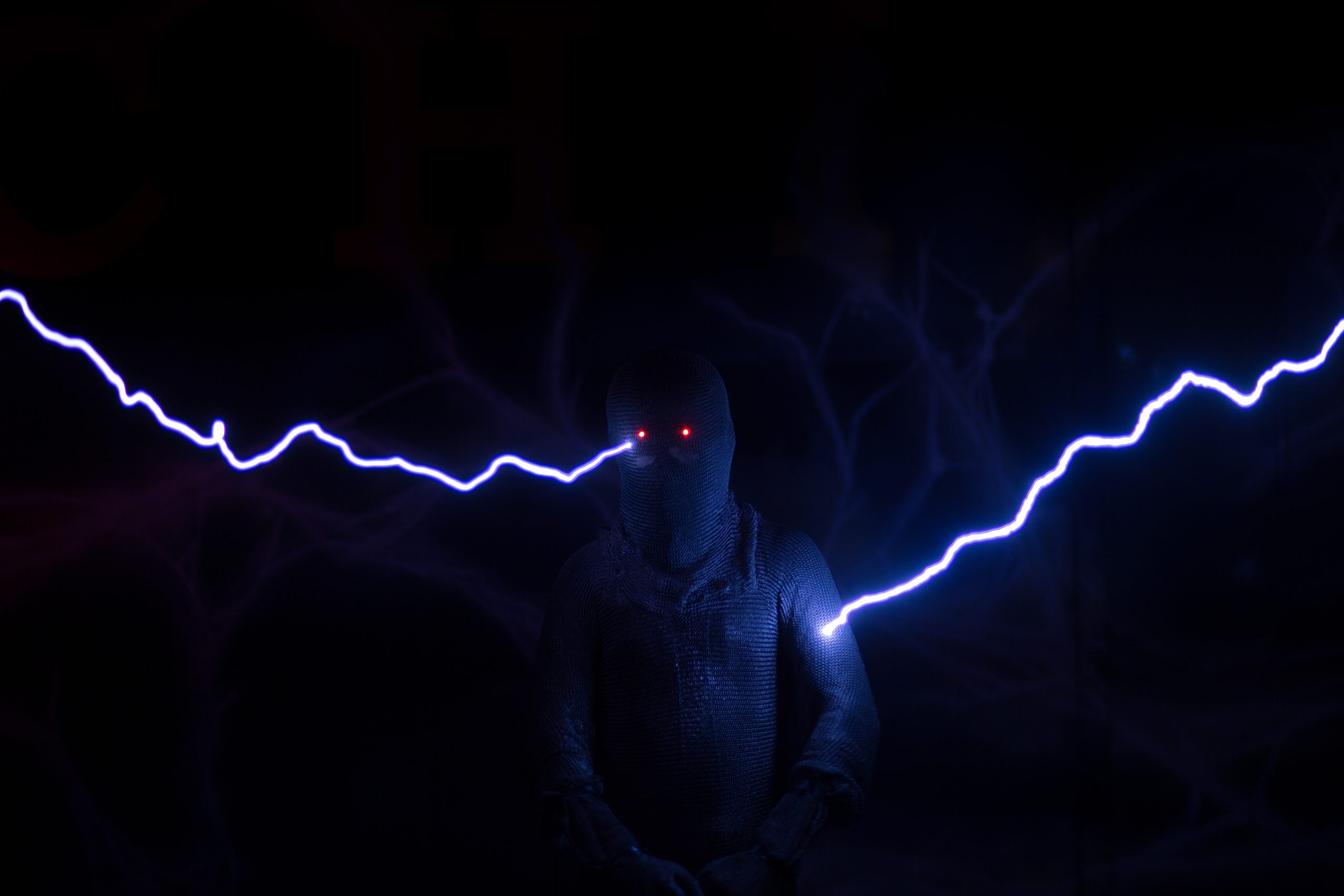Nikola Tesla’s dream may soon come true: Electricity from humidity
At first glance, it might sound a little crazy, grabbing electricity from the sky. But, of course, Mother Nature does it every day through lightning. The American inventor, born in Serbia, Nikola Tesla already saw potential in the idea. He envisioned a system of towers that could power the world wirelessly. That wireless part will probably remain a fantasy for a while, but extracting electricity from the air is now a step closer.
Contents
It all started with a humidity sensor
Let’s go back five years to the University of Massachusetts Amherst. An experimental humidity sensor spontaneously began to emit electrical signals. That may not sound very exciting, but since the sensor was not yet supplied with power, quite special. An investigation was conducted to understand what happened that day. The results of that research are now starting to bear fruit.
The concept is relatively simple. Under the right conditions, a kind of static electricity forms on water droplets in the atmosphere. This charge can jump from drop to drop, for example also to dust particles. It is probably the build-up and discharge of this electricity that causes lightning in the atmosphere, as well as during volcanic eruptions and sandstorms. In the past, scientists have not yet succeeded in generating practically usable electricity in this way.
How a sensor can generate electricity
So it happened by accident, but these scientists weren’t willing to look a gift horse in the mouth. Research showed that the sensor, which consists of a series of microscopic tubes (nanowires), did indeed generate the current that caused the signals. The tubes, however small, are large enough to admit a water molecule from the air. However, the tube is so narrow that this molecule quickly starts bouncing. Each time the molecule bounced off the wall, it gave off a small electrical charge to the tube.
The vast majority of molecules stay close to the surface and leave behind a lot of electrical charge. Some molecules go deeper into the material. So a much smaller charge builds up there than at the surface. That’s exactly what happens in clouds before they discharge in the form of lightning. In fact, this creates a kind of battery. Give this battery an outlet and the electricity will start flowing.
The team no longer uses tubes, but a material full of millions of tiny holes. With a device the size of a thumbnail and as thick as a fifth of a human hair, they now generate roughly one microwatt. That’s not very much, no. It is about enough to power one pixel of an LED screen. But where there’s air there’s humidity, and by stacking just enough of the thin plates you could theoretically run an entire TV. And that’s just with the current experimental state of this technology.
No panacea for energy crisis
It all sounds very exciting, and it is! But the possible applications of the technology in its current form are limited. The University of Massachusetts experiment required a humidity of 20%. Other researchers, for example in Tel Aviv, only got their prototype up and running at 60% humidity. 20% humidity is relatively low, but in certain cities in the Southwest of America, such figures are not achieved for several months of the year. And we are only talking about outdoor air.
There is also another problem with moist air flowing through many layers of perforated material. Namely the build-up of organic material. Microbes are at least as universally present in the air as moisture. A large-scale commercial application of this technology must therefore prevent such a structure from paralyzing the system. Nevertheless, the researchers indicate that none of these problems need be insurmountable.
Upgrading to commercial scale will take time
There is still a lot of uncertainty about this technology. Which materials are ideal, how much electricity can ultimately be generated and what the life cycle of such a generator will be. But the benefits make the research worth it. Unlike solar and wind energy, this technology can run most of the time. Moreover, much less infrastructure is required to exploit the generated energy. When they are small and efficient enough, they can be easily integrated into electronics. In terms of applications, we should think of sensors and wearables rather than houses and cars.
Perhaps the greatest benefit of the technology is how environmentally friendly it potentially is, provided the materials are as well. Of course, solar and wind energy as technologies are much further ahead. But not fighting climate change is not a zero sum game. Every little bit helps, there is not 1 technology that we should focus on. Different sources of clean energy have different uses. Even if the power output of this technology remains low, there are enough niches where it will be applicable. It may well be a few years before we hear about electricity from the air again, but the moment will certainly come. Tesla can rest well.


